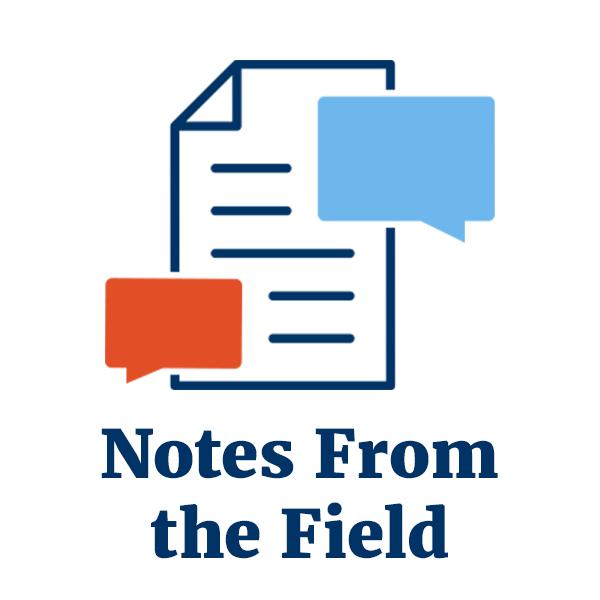My daily newsfeed is filled with reminders that the challenges of 21st century policing are multifaceted and complex. Perhaps the only thing that outnumbers the issues facing our field are the various actors in the external environment who wish to influence the direction that policing will take. Politicians draft legislative solutions, community activists propose reforms, various branches of government look to systems of oversight, and there is no shortage of vendors eager to sell agencies on the latest piece of technology or software that will solve whatever problem ails them. There is nothing inherently wrong with these external forces. In fact, most represent well-intended people who share the same end goal as we do: to enhance policing.
Unfortunately, many external reforms are based upon ideas that merely sound good or are ideologically driven. We carry our share of guilt in this regard when it comes to managing our own house. Police programs and functions that are popular with officers or the community are replicated and funded without due consideration for their actual effectiveness. If they are evaluated, we often rely on an imperfect system of measurement that focuses almost singularly on outputs. The raw number of tickets issued or community events held are rather meaningless without measuring what these interventions actually accomplish.
There is growing recognition that to be effective and achieve the outcomes that matter, police departments must leverage data and science. These realms have long been the province of the professorial class, but prominent policing scholars[1] have suggested that police agencies should take ownership of science.
Terms like data and science don’t necessarily comport with our image of the American police officer. We conceptualize police officers as warriors or guardians, but certainly not scientists! But police officers as scientists is not as big of a stretch as it may sound. Police officers and detectives are trained observers, carefully scrutinizing people, places, and things. Observation is an important component of the scientific method, and cops generate hypotheses all the time (what else is probable cause but a hypothesis?). Clearly not all police officers are oriented this way, but it’s likely that many agencies have at least one budding social scientist hiding within the ranks.
In 2014, the National Institute of Justice (NIJ) and International Association of Chiefs of Police (IACP) launched an innovative program to support law enforcement officers committed to using research to inform policing policies and practices. The Law Enforcement Advancing Data and Science (LEADS) Program draws police officers from across the United States to learn from experts and each other. Academia has been criticized by some in law enforcement circles for being out of touch with the realities of policing. LEADS is quietly building a collaborative network of policing leaders who understand and appreciate the issues driving reform, yet maintain the pragmatic vantage of a law enforcement practitioner. LEADS Scholars see the forest and the trees.
I am privileged to be one of these “pracademic” cops, but having three letters before and after my name can be a double-bind. I’m fortunate that my agency not only supports higher education, but also is open to innovation and empirical research. During the last four months of 2017, my agency spearheaded a multi-site experiment to test the effectiveness of running static red and blue “cruise lights” at night to deter crime. This idea certainly isn’t new; several large agencies in the Mid-Atlantic region have engaged in this practice for years — yet it had never been subjected to rigorous scientific testing. It simply isn’t enough for a program or idea to sound good on paper — our practices need to be validated empirically. If pracademic cops had their own unit, the motto on their cruisers might read, “In God we trust, all others bring data.”
Fortunately, police chiefs do not need to create a specialized unit to harness the power of research. There is a longstanding tradition of police partnerships with criminal justice researchers (to find an expert, see the American Society of Criminology’s Division of Policing Website[2]). New on the horizon are programs like LEADS and the American Society of Evidence-Based Policing (ASEBP), a professional organization where officers of all ranks can get involved in the police-science movement known as evidence-based policing.
In 1968, the prominent political scientist James Q. Wilson wrote that, “As the urban poor and the big-city police increasingly come into conflict, it is the patrolman who is on the grinding edge.”[3] A half-century later, this unhappy reality remains true for many officers and communities. Pracademic cops can grind, but many exist “on the edge of inside,”[4] a reference to organization members who are fiercely loyal yet simultaneously see the need for change.[5] Police officers have vast potential to generate and test innovative, pragmatic solutions that likely would never occur to outsiders. Law enforcement has sometimes abdicated when it comes to police reform, yet the field complains vociferously when it is foisted upon our profession from those outside the fold. If policing is to step up and take back the reins of reform, we need to build scientific capacity within law enforcement. It’s time to choose science.
About “Notes From the Field”
The National Institute of Justice (NIJ) is the research, development, and evaluation arm of the U.S. Department of Justice. NIJ aims to address the critical questions of the criminal justice field, particularly at the state and local levels.
NIJ Director David Muhlhausen developed the “Notes From the Field” series to allow leading voices in the field to share their strategies for responding to the most pressing issues on America’s streets today.
“Notes From the Field” is not a research-based publication. Instead, it presents lessons learned by law enforcement executives and other on-the-ground leaders, from years of experience and thinking deeply about law enforcement issues.


